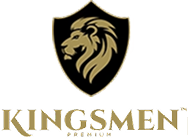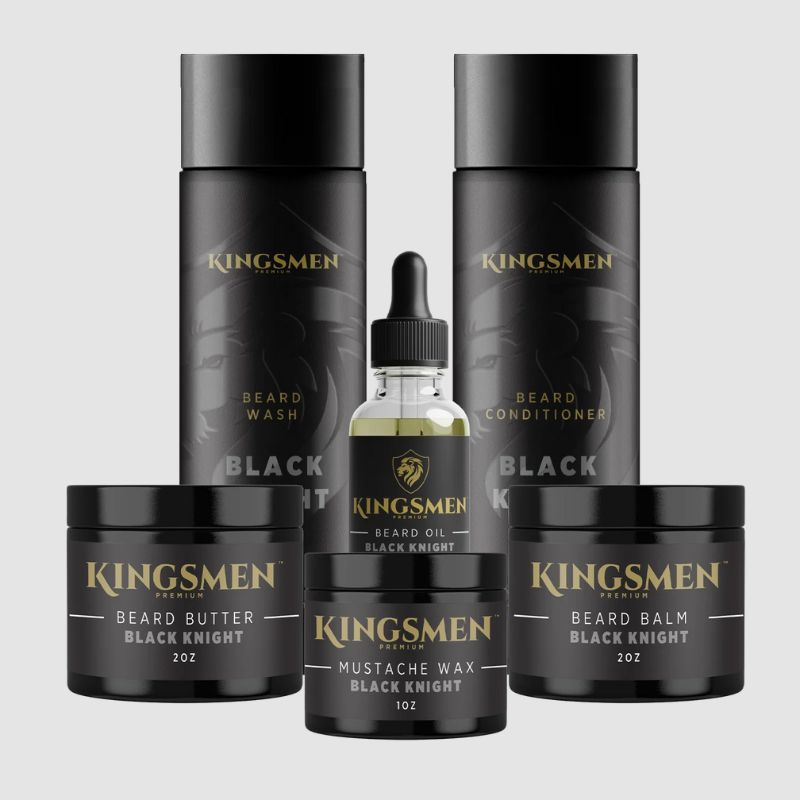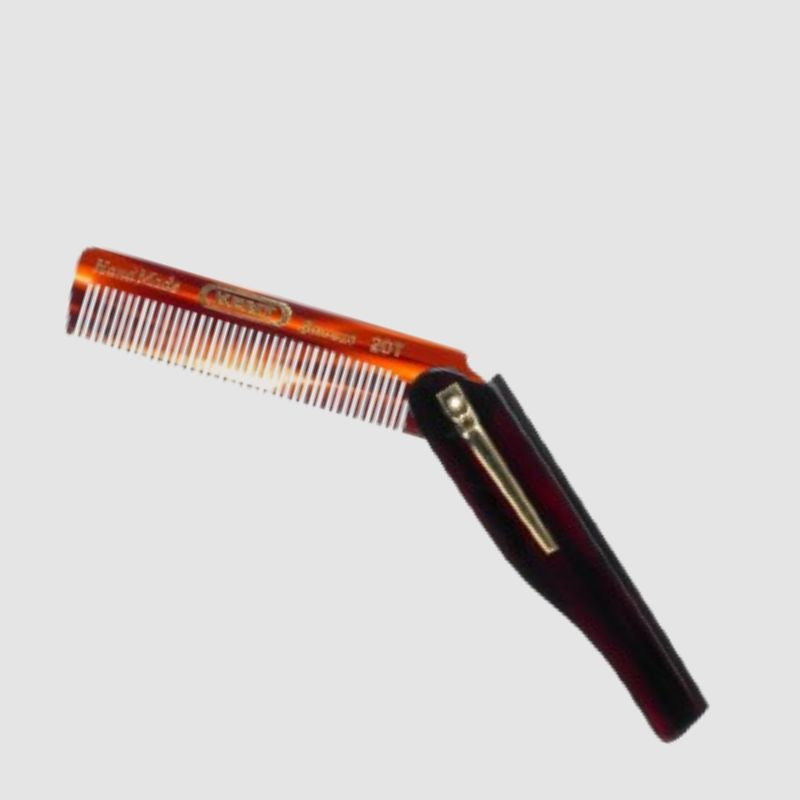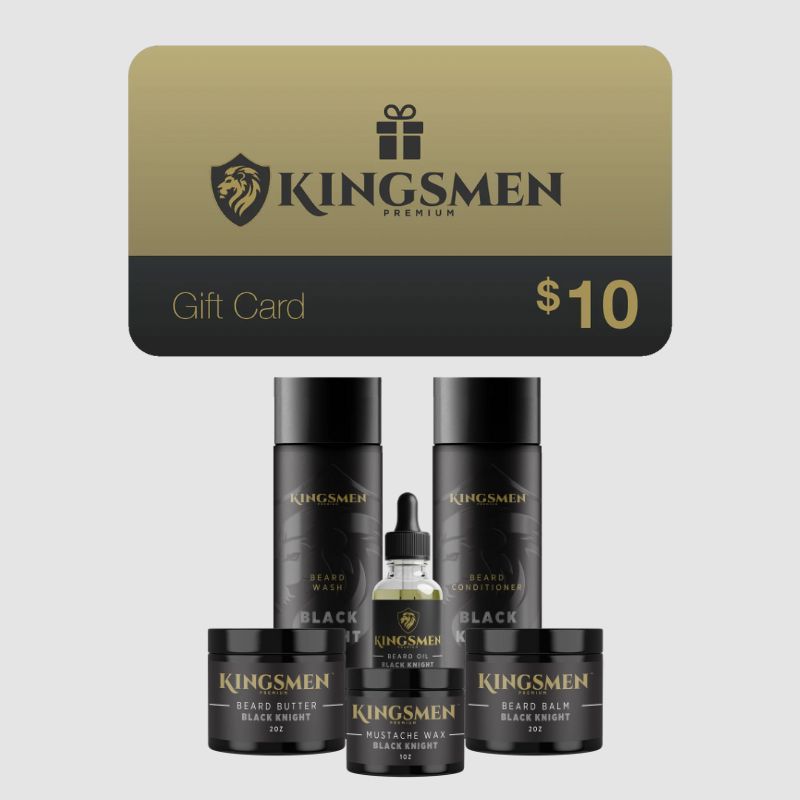5 ways beard care differed in the era of oppenheimer
The 1940s was a tumultuous and transformative decade in global history, shaped largely by the events of World War II and its aftermath. The Manhattan Project and J. Robert Oppenheimer were a big part of that. Cultural, social, and even aesthetic norms underwent significant shifts as a result of war, rations, and scarcity. Men's grooming and the concept of beard care were no exception to these changes. Although beards were not as mainstream in the 1940s as they are today, the way in which they were maintained and perceived exhibited some distinct characteristics. Here are five ways in which beard care differed in the era of Oppenheimer compared to today:
Cultural Norms and Perceptions of Beards:
- The Clean-shaven Ideal: The 1940s saw a rise in the clean-shaven look. This was partly due to military regulations which often required men to be clean-shaven to ensure gas masks fit securely, without any air leakage that might be caused by facial hair. Returning veterans from the war, accustomed to being clean-shaven, continued this grooming habit, making it the prevalent style. Most certainly, the men working with the Manhattan Project would have been clean shaven each day.
- Beards as Rebellion: Post-war, as men tried to settle back into civilian life, some chose to grow beards as a silent form of protest or to establish an identity separate from their military service. For these men, beards became a symbol of non-conformity.
Tools and Techniques:
- Safety Razors and Straight Razors: The most common tools used for shaving in the 1940s were the safety razor and the straight razor. While straight razors required skill, precision, and regular maintenance, safety razors began gaining more traction as they were easier for the everyday man to use.
- Brush and Lather: The act of creating a lather using a shaving brush and soap was a routine. The brush lifted the facial hair and exfoliated the skin, ensuring a close and comfortable shave.
- Limited Electric Options: The electric razor was invented in the 1930s, but its widespread adoption was not immediate. It was during the 1940s that they started becoming more available, though not as prevalent or advanced as today's versions.
Products:
- Natural and Simple: The 1940s did not boast the vast array of beard care products like beard oil, beard butter and beard balm that we see today. Most men used simple, often homemade, concoctions if they maintained a beard. Oils like coconut, olive, or jojoba might have been used to keep facial hair soft.
- Talcum and Aftershaves: After shaving, men would often apply talcum powder to soothe the skin. Aftershaves, often alcohol-based, were also popular. Their primary purpose was to disinfect any nicks or cuts from shaving, and their strong scents acted as de facto colognes.
Beard Styles:
- Limited Styles: The 1940s did not have the vast array of beard styles that we see celebrated today. If a man chose to keep facial hair, it was usually in the form of a mustache, goatee, or a neatly trimmed beard. The flamboyant and varied styles of the later decades were yet to become mainstream.
- Influence of Cinema: The silver screen played a crucial role in dictating popular beard styles. Actors like Clark Gable and Errol Flynn popularized the pencil-thin mustache. Those who chose to emulate their favorite stars often opted for such styles.

Maintenance and Barbershops:
- Role of the Barber: Barbershops in the 1940s were not just places to get a haircut or shave. They were social hubs where men congregated, discussed current events, and sought a momentary escape from the challenges of post-war life. The barber's role was pivotal. They provided not only grooming services but also advice on maintaining facial hair.
- Lack of DIY Culture: Today, there are countless tutorials, products, and tools available for men to take care of their beards at home. The 1940s did not have such resources. Men either learned from their fathers or relied heavily on their barbers for beard maintenance.
In the 1940s, when Oppenheimer was developing the bomb with the Manhattan Project, there was a unique interplay between societal norms, global events, and personal grooming. World War II played a significant role in shaping men's grooming habits, especially regarding facial hair. While the clean-shaven look was dominant, those who chose to sport beards did so with a limited toolkit and often against prevailing norms. The decade laid the foundation for the resurgence of beard culture in the later half of the 20th century, paving the way for the diverse and rich beard care routines we witness today. We are fortunate to live in a time with so many more options. Beard care has come a long way since the 40s and here at Kingsmen, we’re happy about that because it means we can offer you the best beard care products with scents you’ll keep coming back for. Shop our full line of beard care products from beard oil, beard balm and beard butter, to beard wash and beard conditioner. Pick up yours today!

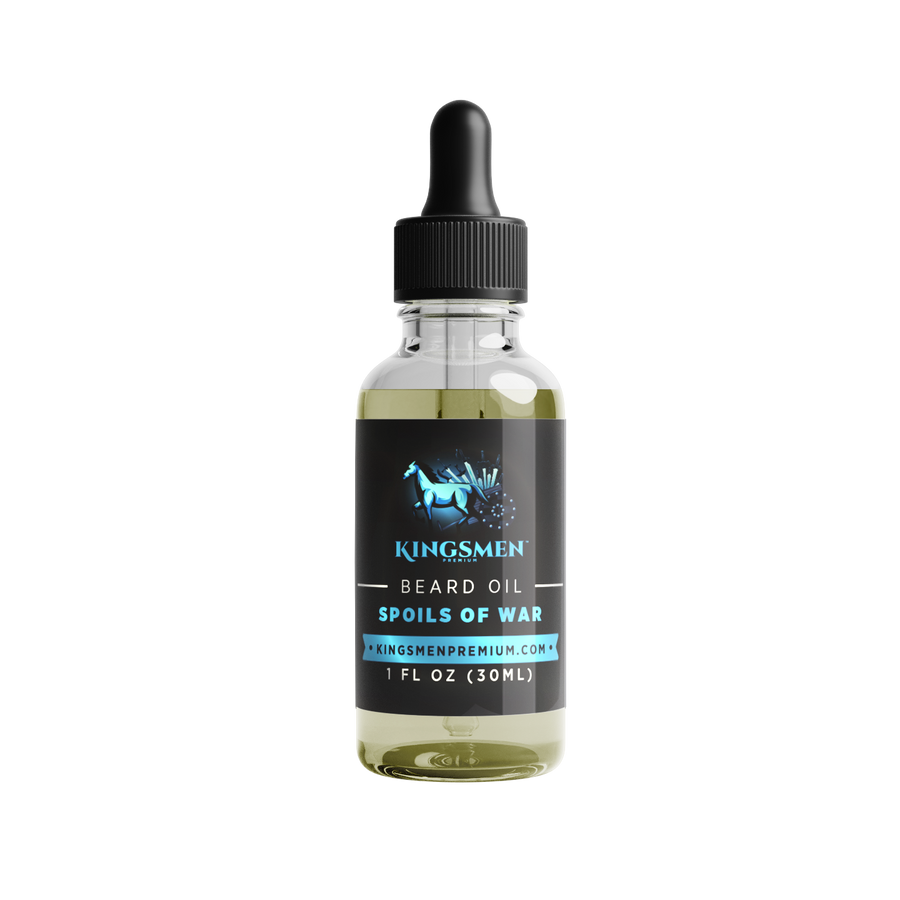
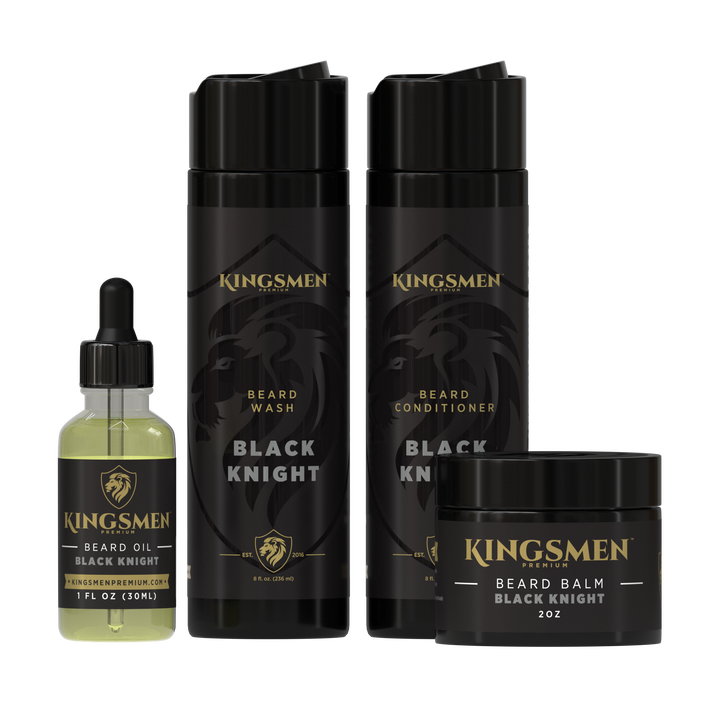
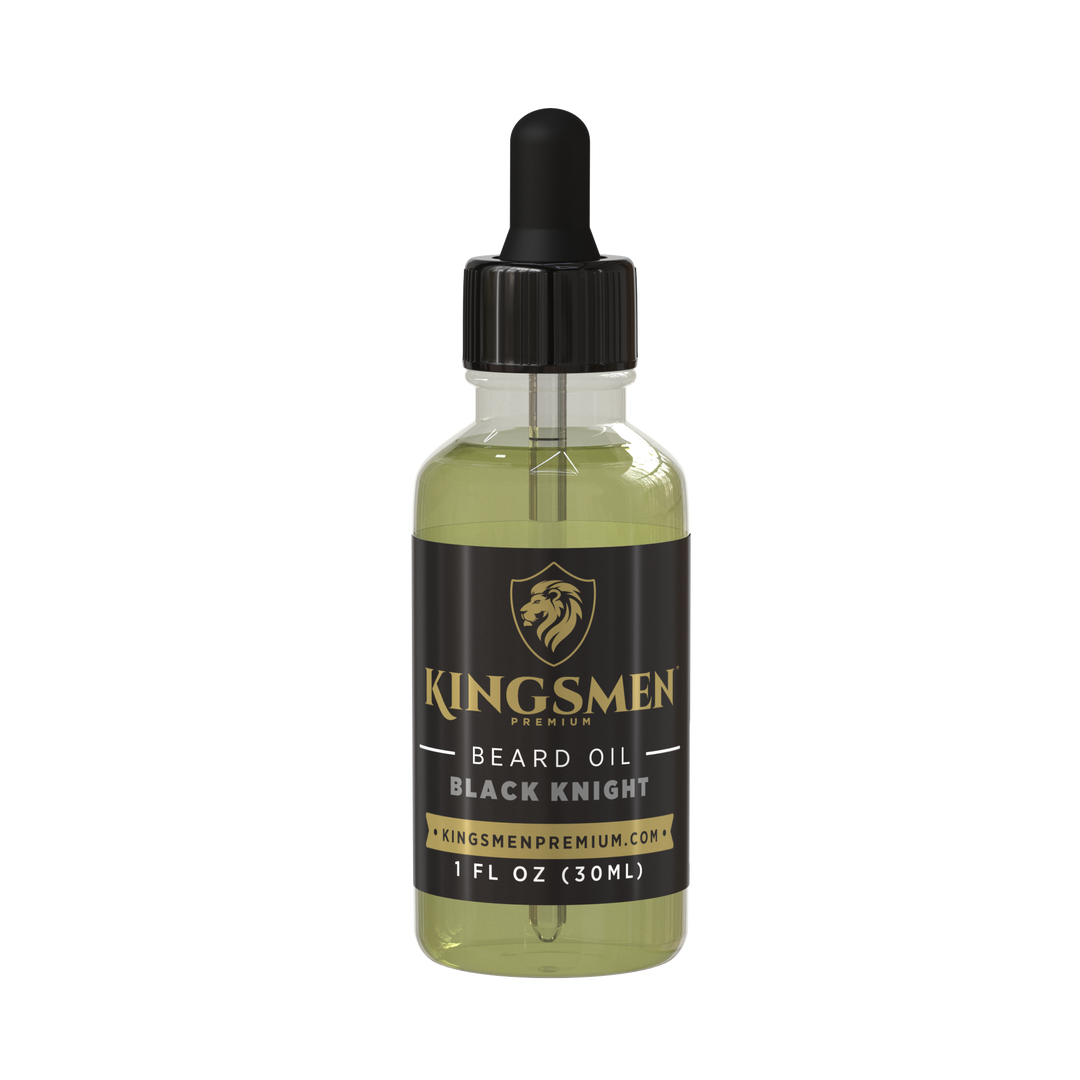
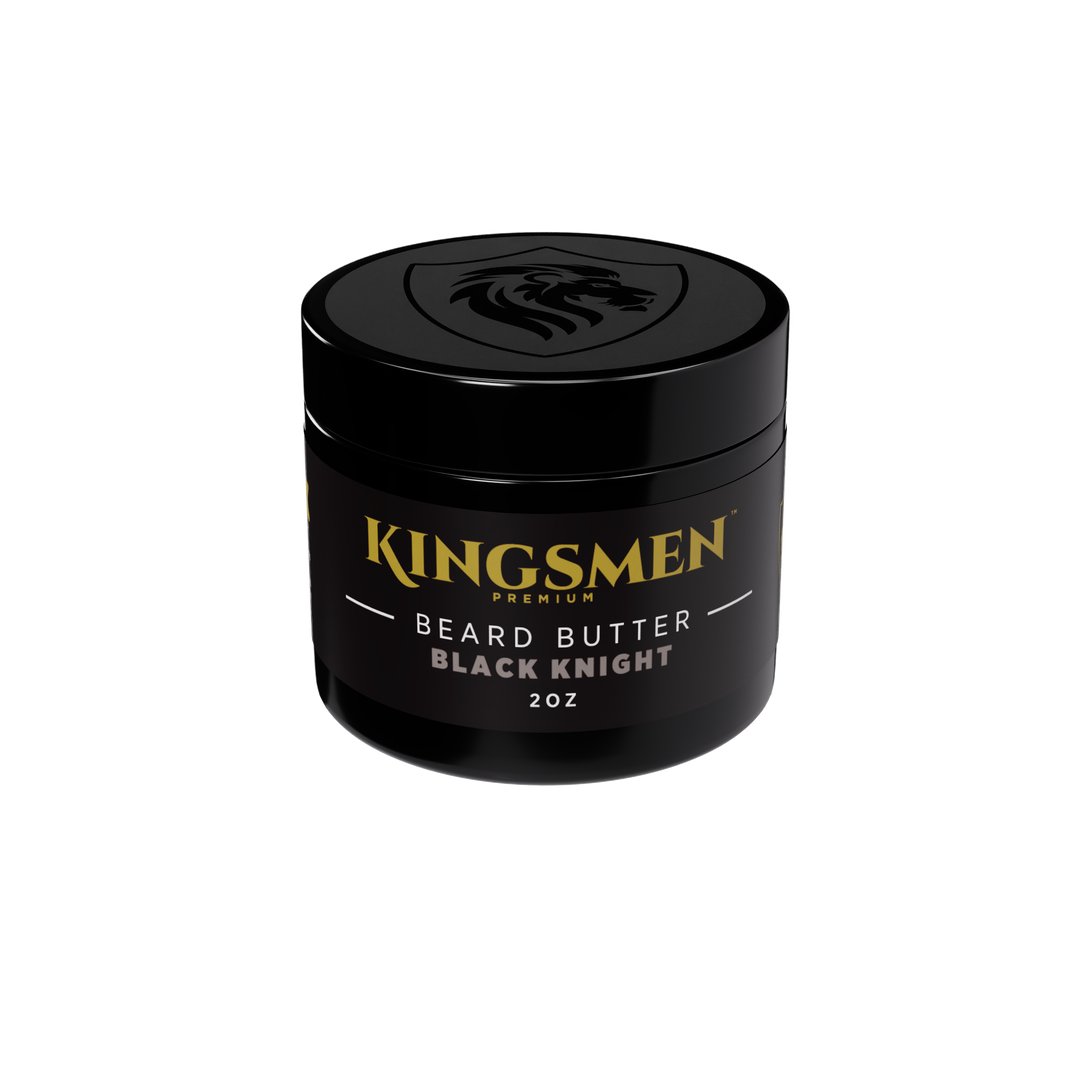

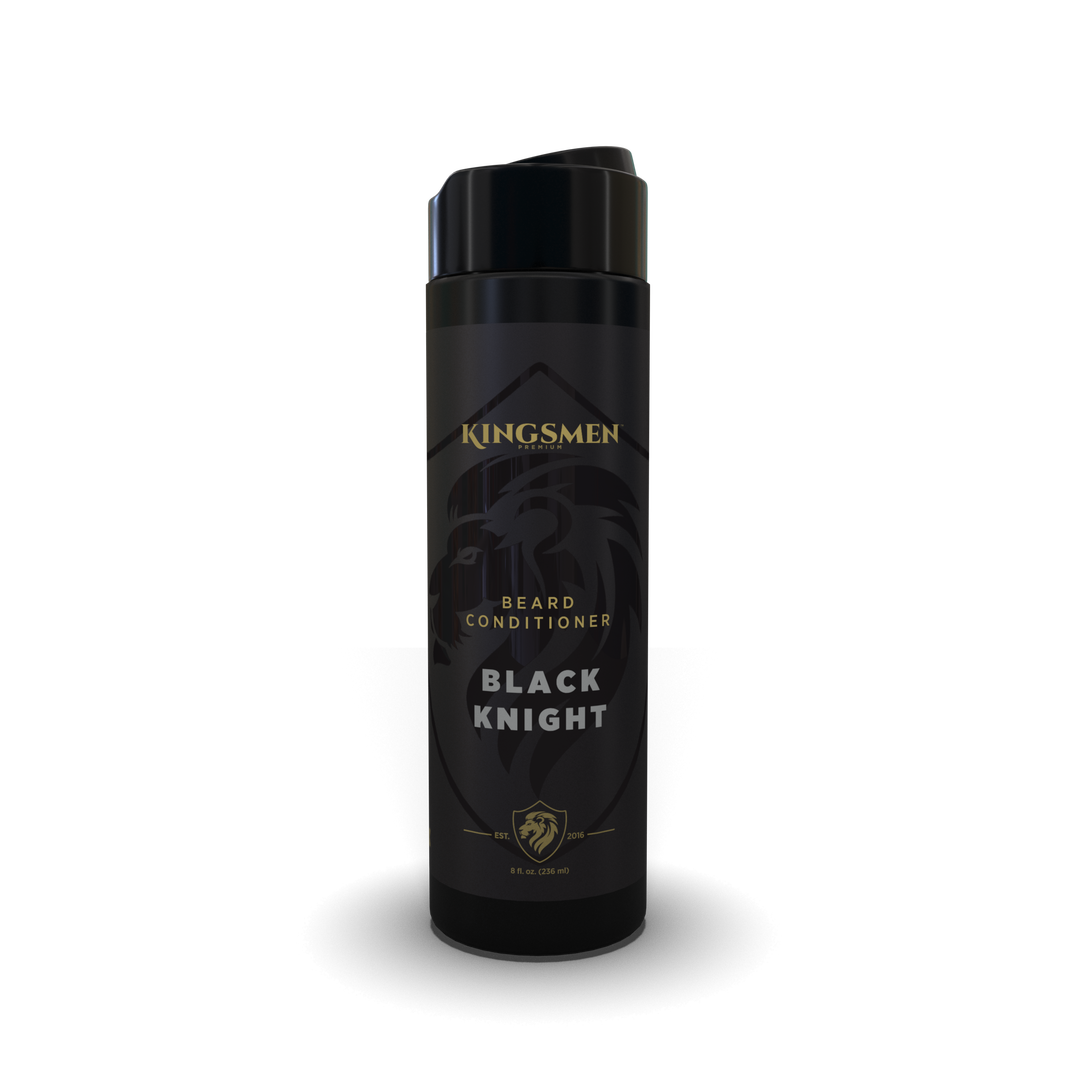
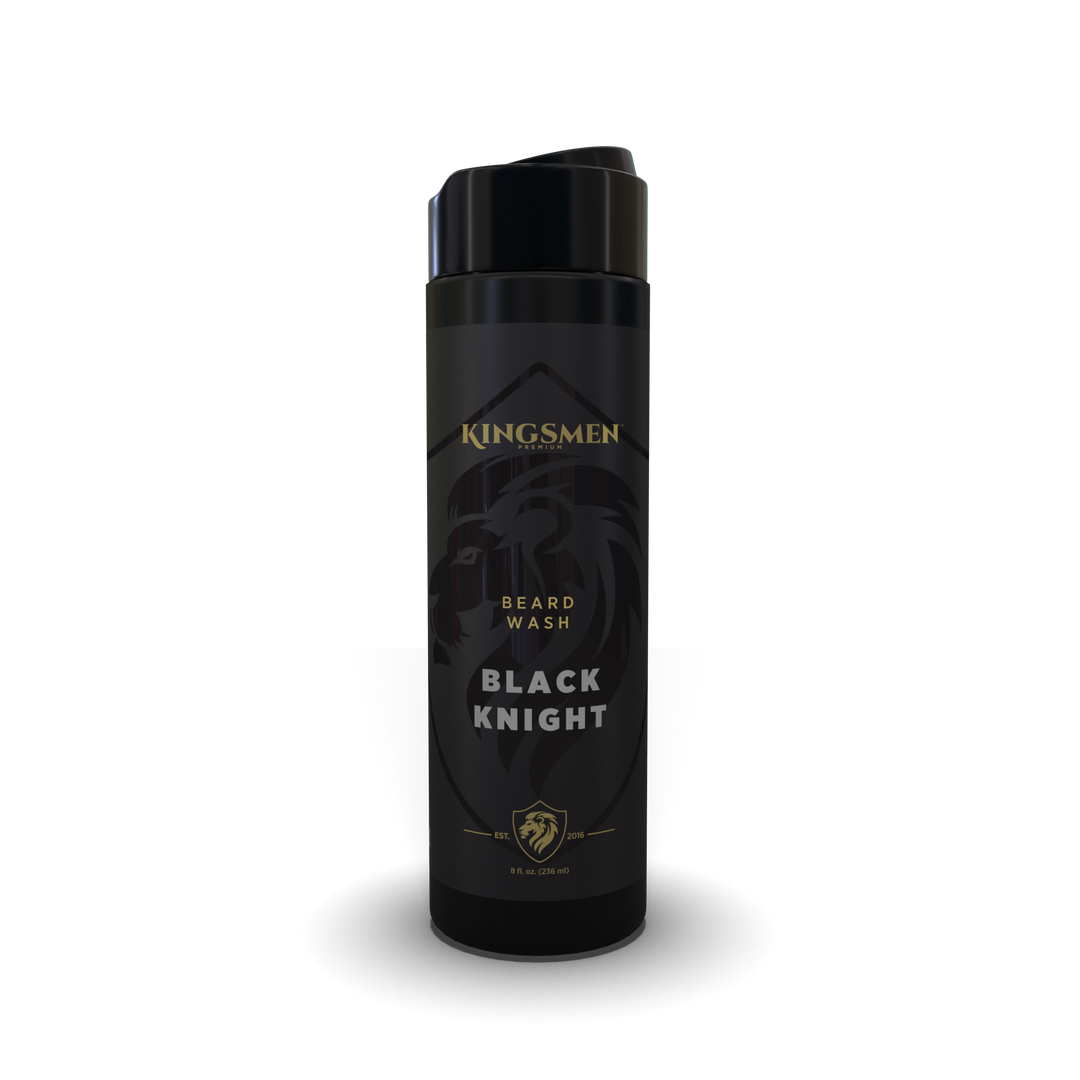
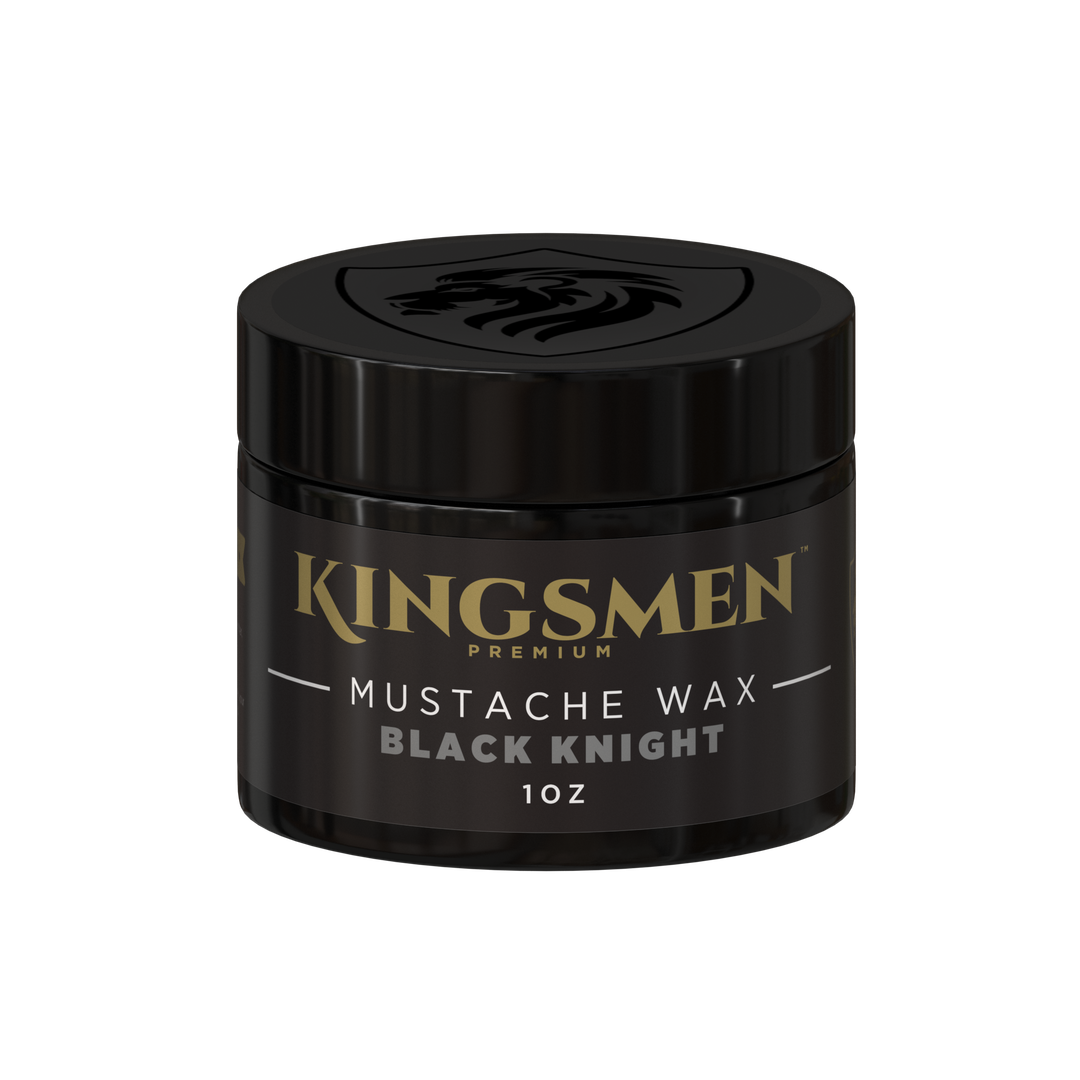
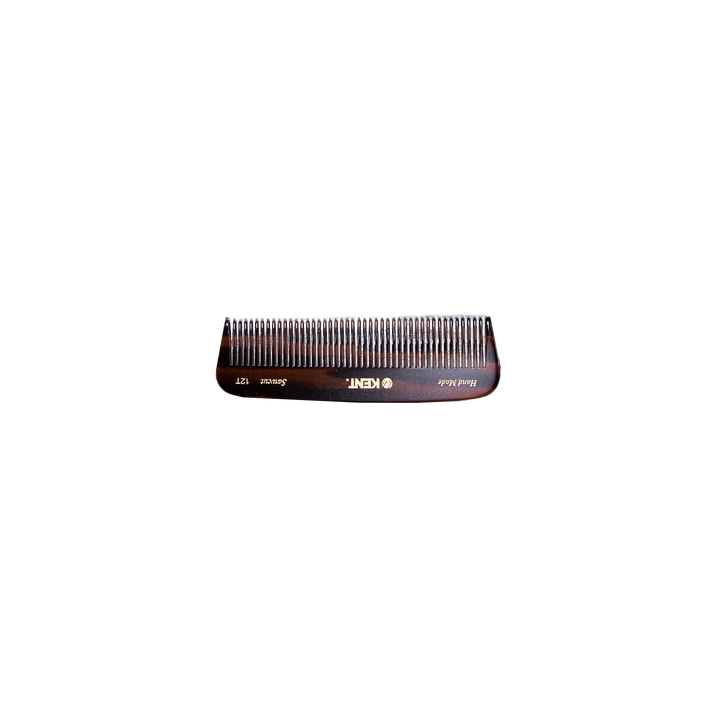
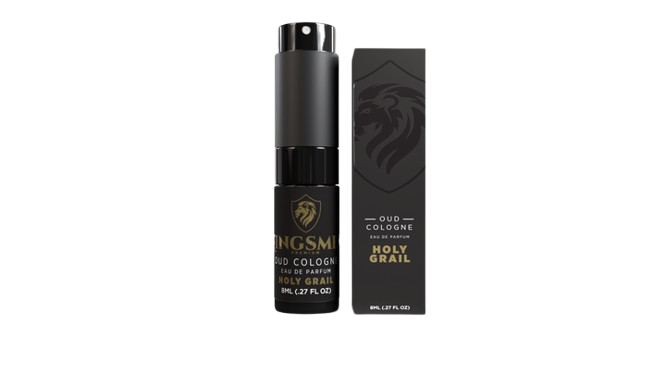
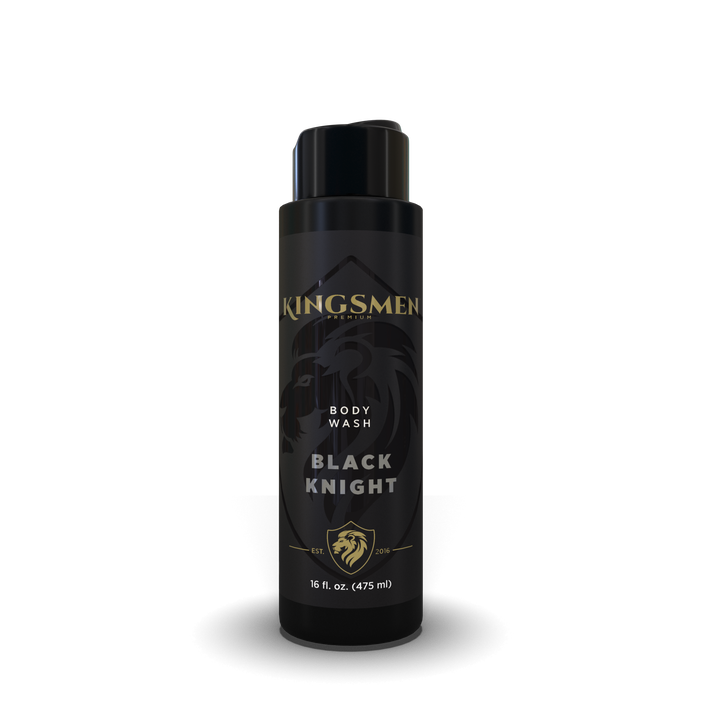
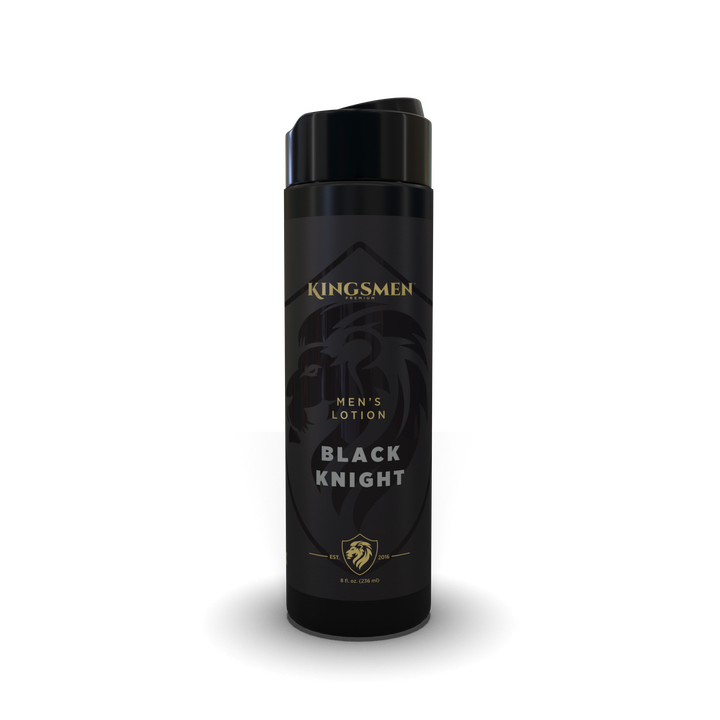
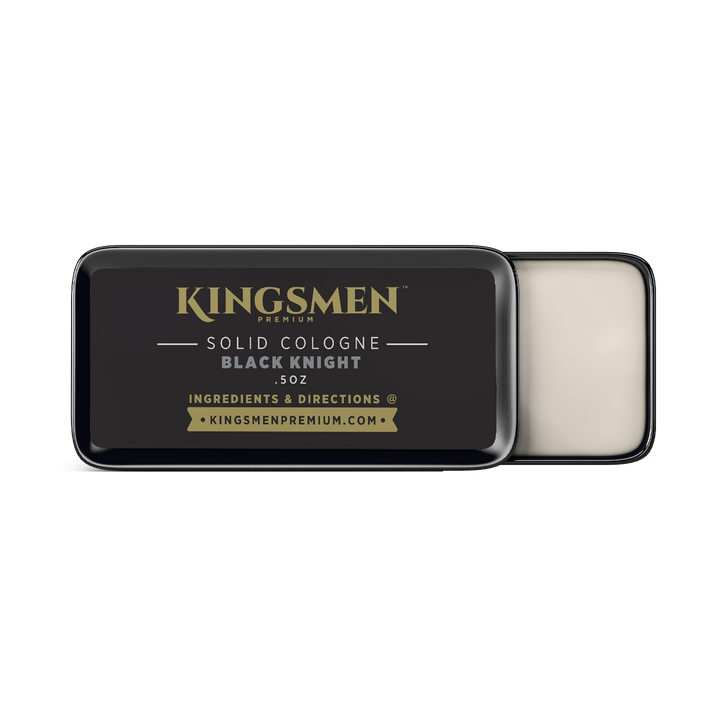

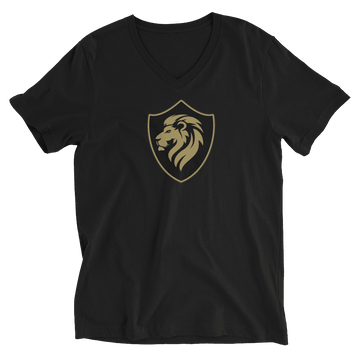
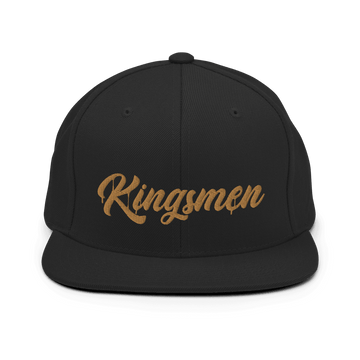
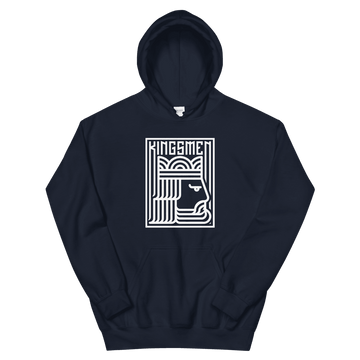
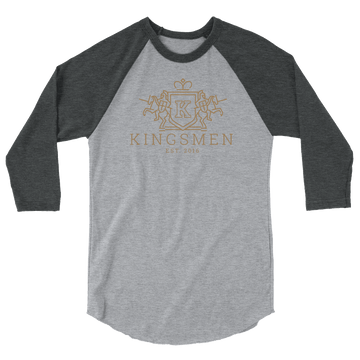
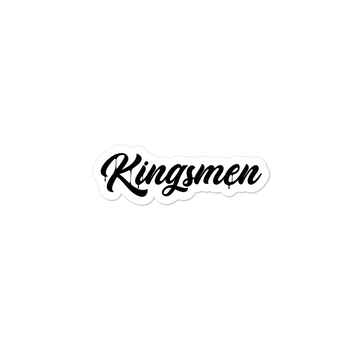
 VERIFIED BUYER
VERIFIED BUYER
 Monthly Scent Program
Monthly Scent Program
 Beard Care Kits
Beard Care Kits
 Beard Oil
Beard Oil
 Beard Butter
Beard Butter
 Beard Balm
Beard Balm
 Beard Conditioner
Beard Conditioner
 Beard Wash
Beard Wash
 Mustache Wax
Mustache Wax
 Kent Combs and Brushes
Kent Combs and Brushes
 Holy Grail Oud Spray Cologne
Holy Grail Oud Spray Cologne
 Body Wash for Men
Body Wash for Men
 Men's Lotion
Men's Lotion
 Solid Cologne
Solid Cologne
 Gift Ideas
Gift Ideas
 T-Shirts
T-Shirts
 Hats
Hats
 Hoodies
Hoodies
 Long Sleeves
Long Sleeves
 Accessories
Accessories
